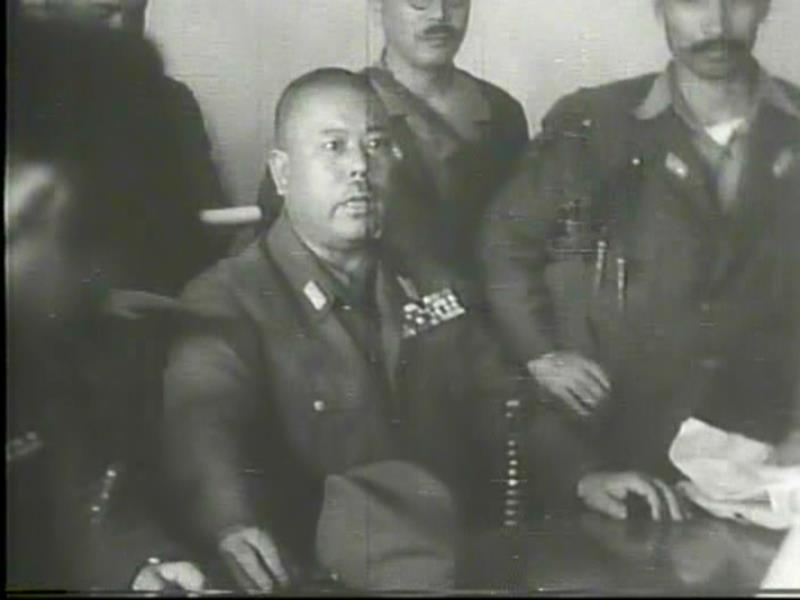
Recently, we reported on the emergence of a video that claimed to show treasure hunters uncovering a huge hoard of looted Japanese gold (see here). There has been no update on the alleged discovery of the so-called Yamashita Treasure — which implies either a hoax, or discoverers who are sensible enough to keep quiet about their sudden wealth.
But it’s not the first time that the discovery of the gold has been claimed. Depending on who you believe, the treasure either led to the fall of Marcos, or bank-rolled America’s post-war supremacy.
The story has it that at the end of World War II the Japanese high command were sitting on a staggering fortune of looted treasure. This was the result of the biggest act of systematic plunder in human history.
Prince Takeda, of the Japanese Royal family, and General Yamashita, devised a plan called operation ‘Golden Lily’ to bury the treasure in a series of 175 manmade tunnels throughout the Philippines.
After the last of the gold was safely interred, Takeda took his staff into one of the bunkers to celebrate. After several hours of festivities, Takeda and Yamashita quietly slipped away.
The tunnel’s entrance was then blasted with dynamite and sealed. The 175 men inside, if they did not commit suicide, were left to suffocate to death among the vast riches. The slave labourers received similar treatment.
However, according to one theory, the Americans had already got wind of these plans, and after the Japanese surrender set about tracking down the treasure.
After a public trial, Yamashita had been hurriedly executed, so special agents interrogated his driver, who eventually broke and led them to 12 of the vaults to the north of Manila.
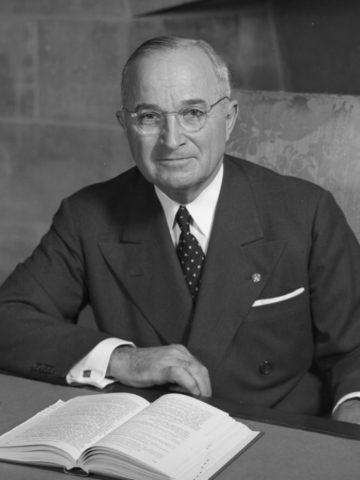
The men were stunned by their find. They immediately reported back to General MacArthur and then travelled to Washington to brief President Truman.
Policy of secrecy
It was here that a pivotal decision was made — the loot had to remain secret. Repatriating such vast treasures would be a logistical minefield, especially with many of the countries it was stolen from already under communist control.
Furthermore, revealing the existence of such huge sums of precious metals would cause the gold price to plummet, and upset an already fragile world economy.
But most of all, the Golden Lily treasure would give the US incredible power in the cold war. Such an immense, covert slush fund could manipulate governments, buy elections and bankroll near limitless black operations.
While this may sound like a conspiracy theory, it’s beyond doubt that the Japanese plundered a staggering amount of treasure, and it must have ended up somewhere. Perhaps it could help explain the source of the $52 billion annual ‘black budget’, as revealed in the Edward Snowden leaks?
However, there’s another story that links the treasure to the Marcos family, and resulted in a Hawaii court awarding a world-record sum of damages against Imelda Marcos.

In 1970, Roger Roxas was spending every spare moment treasure hunting at a site around his home. His friend, Albert Fuchigami, the son of a Japanese army officer, said his late father had shown him a treasure map.
Roger and Albert began to excavate the site near Baguio. After a few weeks they located a tunnel system, that had apparently been sealed off with an explosion.
After more digging, they broke through to find a complex network complete with train tracks. Roger was the first to enter: “To my surprise, I found several Japanese skeletons. There must have been more than 10.”
Presumably, these were the unfortunate men entombed by Yamashita and Prince Takeda when they sealed the vaults in 1945.
The golden Buddha
As well as the skeletons, Roger made a more exciting discovery — a large gold statue of Buddha that weighed, literally, a ton. Venturing further inside, they found box upon box of gold ingots.
They hit upon a plan. They would remove and sell the Buddha and use the money to hire trucks and equipment to extract the rest of the treasure. This, sadly, would prove to be a terrible mistake.
News of Roger’s discovery had already reached the ears of Ferdinand Marcos. He sent his soldiers to Roger’s house to ransack the place and steal the Buddha.
Roger foolishly went to the press and local prosecutors to complain about the theft. Opposition leaders sensed a chance to embarrass Marcos and seized upon Roger’s allegations.
An inquiry into the golden Buddha affair was called by the Senate, where much evidence about the theft and Marcos’ corruption was presented to the court. The president was furious and vowed revenge.
This came in the form of martial law, when Marcos had his opponents rounded up and jailed. Democracy in the Philippines had died and Marcos had tightened his grip on the country.
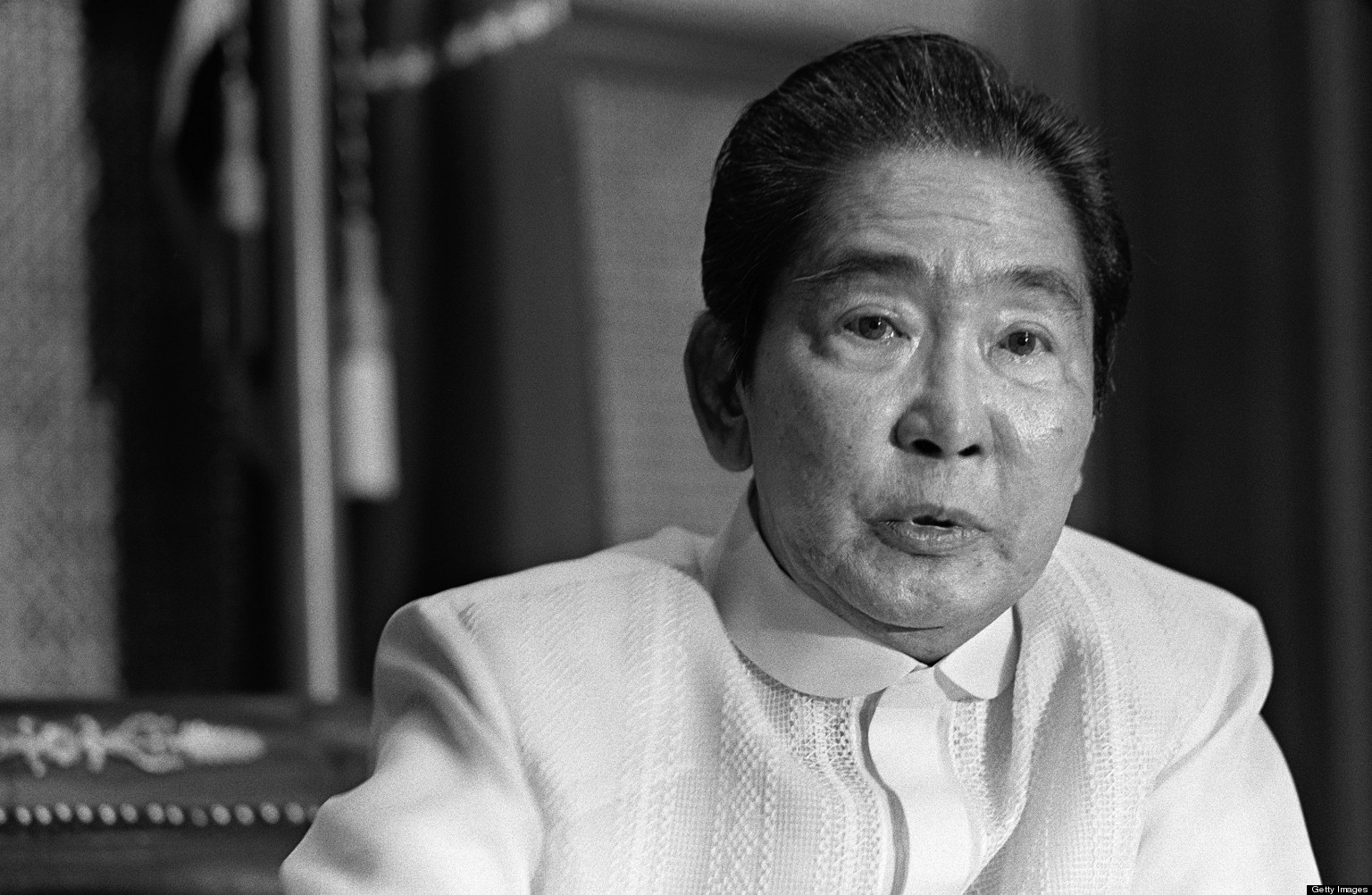
All the while, the president would have his soldiers torture Roger to try and locate the tunnels.
The prolonged torture had turned Roger into a physical wreck, but he didn’t talk. However, his friend Olympia Magbanua, after having his teeth ripped out one by one, relented and revealed the location.
10,000 gold bars
Over the next year, Marcos’ troops would extract an estimated 10,000 gold bars from the tunnels. These were worth tens of billions of dollars, helping to build their legendary wealth.
But Marcos had a problem, the gold only made him theoretically rich. He couldn’t sell plundered gold without its origins becoming obvious. To enjoy the wealth, he had to make it look like it was newly mined.
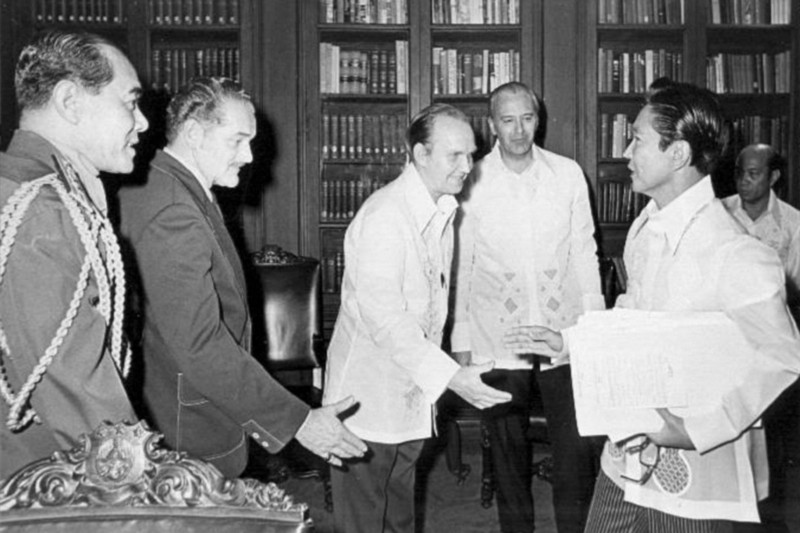
In 1975, he turned to an American mining engineer named Robert Curtis, who agreed to help Marcos follow the maps and find more Golden Lily vaults.
Bluff saved his life
Together they found five more tunnel complexes, piled high with dizzying amounts of gold and jewels.
Marcos, however, was not about to share the treasure.
One day, he had his men escorted Curtis to the American military cemetery at Fort Bonifacio. Curtis was shocked to see a freshly dug grave. He realised, as a gun was placed against his head, that it was intended for him.
The American managed, somehow, to talk his way out of a bullet in the head. He told the men he had the maps to other vaults and Marcos would never find them if they killed him. The bluff bought his life.
Having narrowly escaped death, Curtis immediately fled the Philippines.
Ferdinand Marcos died in exile in 1989. It wasn’t until 1992 that his widow Imelda first publically commented on the source of her husband’s vast wealth. It was, she admitted, because of the Yamashita Treasure.
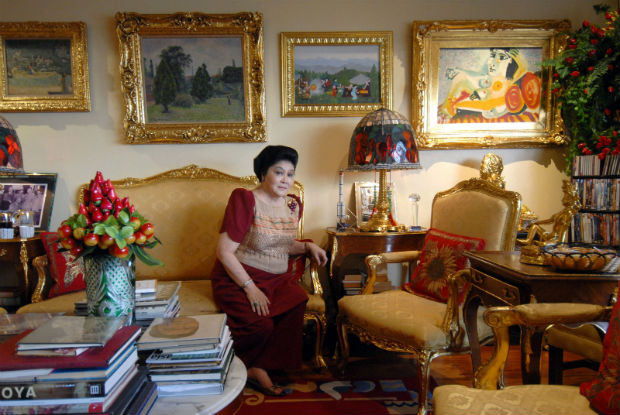
According to Imelda, her husband had become so rich from the looted gold that it would have been ‘embarrassing’ to admit it. She estimated their true fortune to be close to 1 trillion dollars, not the usually cited sum of $10 billion.
The story continues
However, the story doesn’t end there. After both Roger and Marcos had died, the Roxas family pursued the Marcos family through the courts in Hawaii. In 1996, a jury in Honolulu awarded $22 billion in compensatory damages that, with interest, amounted to more than $40 billion. This was a world record sum at the time.
This was thrown out by the Hawaii Supreme Court in 1998 on the basis that the true value of the stolen treasure was unprovable.
However, there was another hearing in 2000 that focused solely on the value of the gold buddha and 17 bars of gold.
The jury found for the Roxas family, and a judgement against Imelda Marcos awarded $6 million for the human rights abuses, and $13,275,848.37 for the stolen treasure.
To date, not a cent has been paid, and the location of the golden Buddha remains a mystery.
Should any of these stories be true, it implies that there could be dozens of vaults as yet undiscovered. Of course, it’s most likely that the Japanese plunder was sent to the bottom of the sea by American torpedoes. But who knows, perhaps that video the other day was the real deal?
Follow our Facebook page for daily updates
…

Comments are closed.